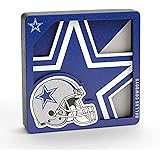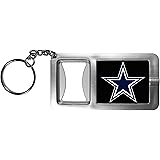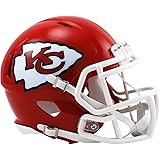Primary Logos
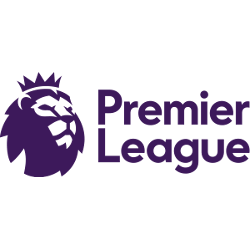
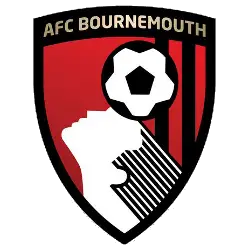
AFC Bournemouth
In 2013, we get an updated version of AFC Bournemouth's crest. Now with a classy looking shield with the continuation of football and the player's head in black and white on a red and black…
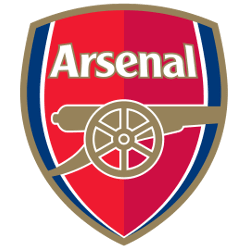
Arsenal FC
A multi-colored shield with a side view of a gold with white trim cannon below a wordmark "Arsenal" in white with gold trim.
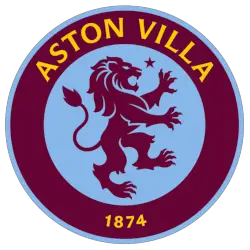
Aston Villa FC
A standing lion in maroon centered on a blue background with the wordmark "ASTON VILLA" and "1874" in gold on the maroon with blue trim outside ring.

Brentford FC
A black, yellow, and white bumble bee centered on a white circle background, with a red border with white and black trim. Wordmark "BRENTFORD" and "FOOTBALL CLUB" encircled in white with the split year of…

Brighton & Hove Albion FC
The club's current crest was introduced in 2011 a modernized version of their 1977 iteration. The seagull is now flying the opposite direction than past marks with an encircled wordmark "BRIGHTON & HOVE ALBION" in…

Chelsea FC
With the new ownership of Roman Abramovich, and the club's centenary approaching, combined with demands from fans for the popular 1950s badge to be restored, it was decided that the crest should be changed again…

Crystal Palace FC
In advance of the 2013 playing season, the Crystal Palace created a new logo, which actually looks more like the 1973 badge than the 1993 logo. The now aggressive phoenix in blue and white clutching…

Everton FC
An updated version of the crest was used for 2013/14 but this proved unpopular with supporters so a wide-ranging consultation exercise was undertaken which resulted in the production of three new crests. These were put…
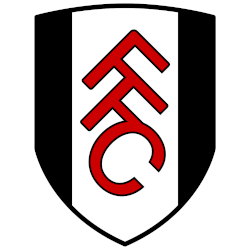
Fulham FC
In 2001 following Fulham's promotion to the Premiership, the current Club's crest has a solid looking shield in black and white with initials of "FFC" horizontally positioned and connected in red with black trim.
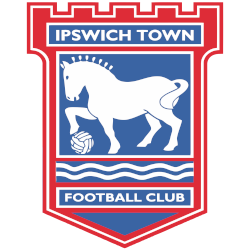
Ipswich Town FC
A castle shape shield in red with a white outline and the wordmark "IPSWICH TOWN" in white on a blue with white trim background above a horse holding a soccer ball in white on a…

Liverpool FC
In 1999, Liverpool added to the top of the emblem a stylized image of the Shankly Gate arch from the Enfield Stadium, adorned with the most famous words from the club anthem called “You’ll Never…
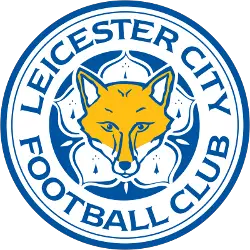
Leicester City FC
In 2009, Leicester City updated its roundel emblem which took the Potentilla plant, a five-pointed white flower that is visible against the background of the yellow and white with blue highlights fox’s head. New custom…
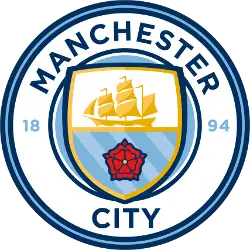
Manchester City FC
December 26, 2015, Manchester City introduced a new emblem of the club before the match with Sunderland. As promised, the Manchester City logo was designed in a round shape and executed in two colors: 94%…

Manchester United FC
The upper part of the inner shield of the Manchester United crest displays a ship that actually originates from the Manchester City Council coat of arms (a ship can likewise be found on Manchester City’s…
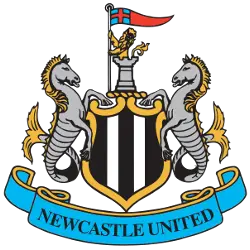
Newcastle United FC
It was decided to go back to the team’s roots and refine the original coat of arms of Newcastle upon Tyne. Thus, composition artists added a shield, painted black and white stripes, which recalls team…
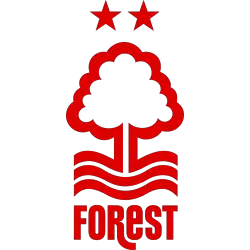
Nottingham Forest FC
A red Sherwood tree emerges from wavy lines, representing the river Trent with a wordmark "FOREST" in red. Forest has two stars above the club badge to commemorate the European Cup victories in 1979 and…
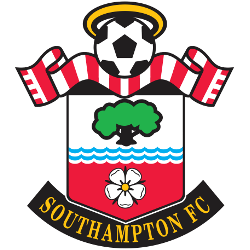
Southampton FC
The present badge was designed by a Saints fan back in the early 1970’s It was the result of a competition they had at the time. The halo represents the Saints and the scarf links…
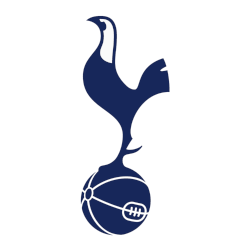
Tottenham Hotspur FC
In 2025, the Tottenham Hotspur logo has removed the wordmark that was below the cock on the ball from the previous logo. This logo is in blue and white.
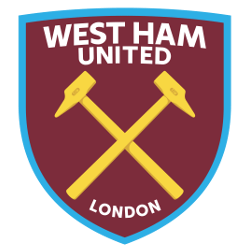
West Ham United FC
In 2014, the Premier League club West Ham marked the move to the Olympic Stadium with a new emblem. Based on the traditional club colors, the new West Ham logo has a simpler and more…

Wolverhampton Wanderers FC
In 2002 with a new approach in squad and ownership the club relaunched with a simplistic new crest harking back to the 1970s whilst becoming one of the most recognizable crests in English Football.
Soccer Sports Fan Products
Premier Logo History
The Premier League, one of the most prestigious football leagues in the world, boasts a rich history of primary logos that have become iconic symbols of the teams that compete within it. Let's journey through time and explore the evolution of these captivating logos.
In the early years of the Premier League, they witnessed the birth of some classic primary logos. Arsenal, for instance, introduced its iconic cannon logo in 1990. This emblem, featuring a cannon pointing diagonally, represents the club's strong heritage and historical connection to the Royal Arsenal. Similarly, Manchester United unveiled their renowned crest in 1998, featuring the legendary Red Devil holding a pitchfork. This logo symbolizes the club's resilience and fighting spirit.
Several teams revamped their primary logos to reflect a more modern and dynamic image as the Premier League progressed into the new millennium. Chelsea introduced their current lion logo in 2005, which embodies strength, power, and the club's ambition for success. Liverpool also underwent a logo transformation in 2012, adopting a simplified version of their famous liver bird emblem. This refreshed design represents the club's rich history and tradition.
In recent years, the Premier League has seen a trend toward sleek and minimalist primary logos. Manchester City, for example, unveiled its current logo in 2016, featuring a simplified version of its iconic blue eagle shield. This modernized emblem portrays the club's contemporary style and ambitions. Tottenham Hotspur also modernized their logo in 2013, introducing a simplified crest that showcases the club's iconic cockerel symbol.
The Premier League's primary logos have evolved in terms of design and become a crucial part of a team's identity. These logos serve as a rallying point for fans and represent the club's heritage, values, and aspirations. They are not merely symbols on a jersey but emblems that evoke supporters' passion, pride, and a sense of belonging.
In conclusion, the history of primary logos in the Premier League is a testament to the ever-changing nature of football and the teams that compete within it. From classic designs to modern aesthetics, these logos have played a significant role in shaping the clubs' identity and visual representation. As the Premier League continues to evolve, we eagerly await the next chapter in the history of these captivating primary logos.











